Oil prices rose on Monday after the OPEC+ alliance decided to delay a planned production increase in the first quarter of next year, easing growing concerns about an oversupply in global markets. However, weak factory data from Asia limited the price gains.
Brent crude futures climbed 0.43% to $65.05 per barrel, while U.S. West Texas Intermediate (WTI) crude rose 0.41% to $61.23 per barrel.
OPEC+, which includes the Organization of the Petroleum Exporting Countries and its allies, announced that it will raise output by 137,000 barrels per day in December, maintaining the same pace as in October and November. The alliance added in a statement that eight member countries have decided to pause production increases during January, February, and March 2026 due to seasonal factors.
Warren Patterson, Head of Commodities Strategy at ING Bank, said the decision reflects OPEC+’s acknowledgment of a significant supply surplus expected early next year. He noted, however, that the extent of this surplus remains uncertain and depends largely on the impact of U.S. sanctions on Russian oil flows.
Meanwhile, Helima Croft, Head of Global Commodity Strategy at RBC Capital Markets, stated that Russia remains an unpredictable factor in the supply outlook, given the U.S. sanctions on Rosneft and Lukoil, along with ongoing drone attacks on Russian energy infrastructure amid the war in Ukraine. She emphasized that a cautious approach is justified given the uncertainty surrounding first-quarter supply and weak demand expectations.
Ukraine, for its part, launched a drone attack targeting Tuapse Port, one of Russia’s main oil export hubs on the Black Sea, causing a fire and damage to one of the vessels.
Both Brent and WTI fell more than 2% in October, marking their third consecutive monthly decline and hitting a five-month low on October 20 amid concerns of oversupply and economic pressures related to U.S. tariffs.
A Reuters survey showed that analysts left their oil price forecasts largely unchanged, with OPEC+ output growth and weak demand offsetting geopolitical supply risks. Estimates for the global oil market surplus ranged between 190,000 and 3 million barrels per day.
Additionally, the U.S. Energy Information Administration (EIA) reported that U.S. crude oil production increased by 86,000 barrels per day in August, reaching a record high of 13.8 million barrels per day.
In Asia, business surveys indicated continued pressure on major manufacturing hubs throughout October, driven by weak U.S. demand and tariffs imposed under President Donald Trump’s administration, which weighed on factory orders across the region — the world’s largest oil-consuming area.
Stay informed about global markets through our previous analyses. and Now, you can also benefit from LDN company services via the LDN Global Markets trading platform.







